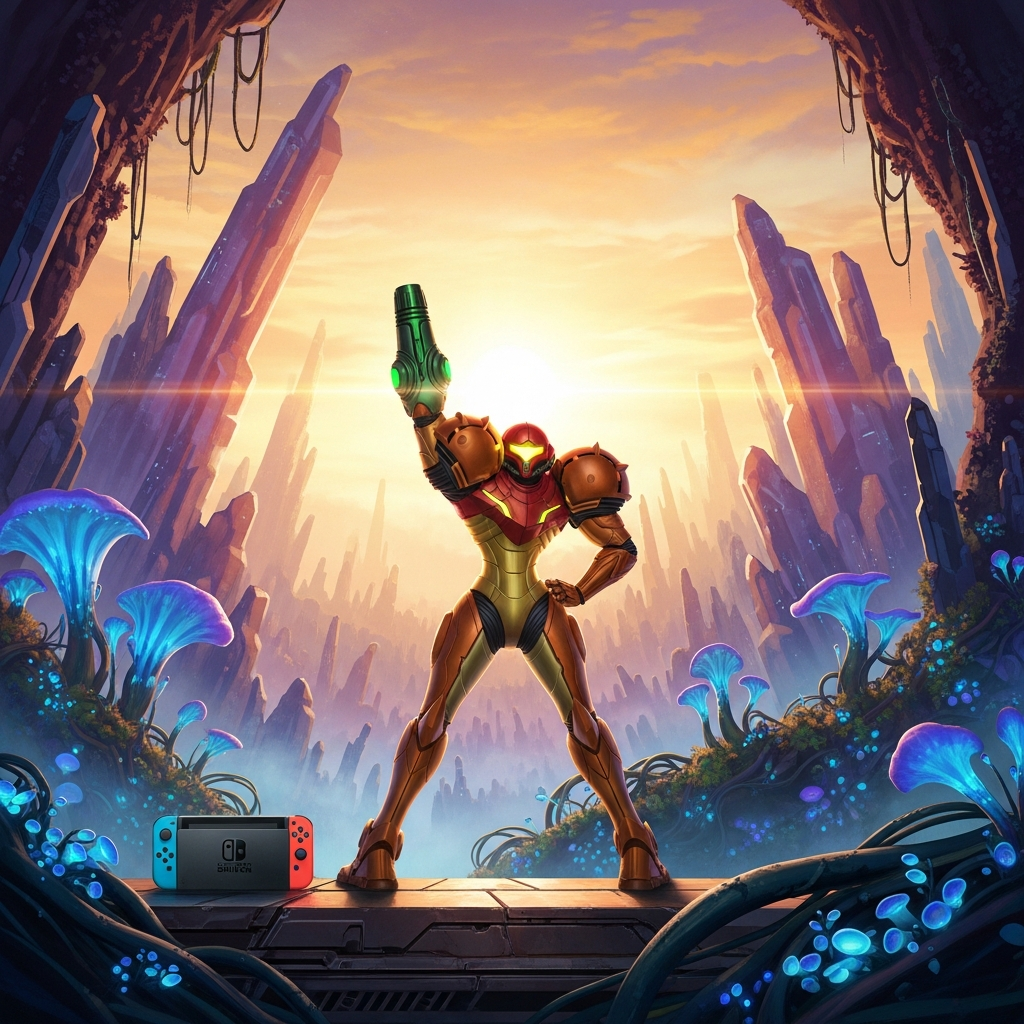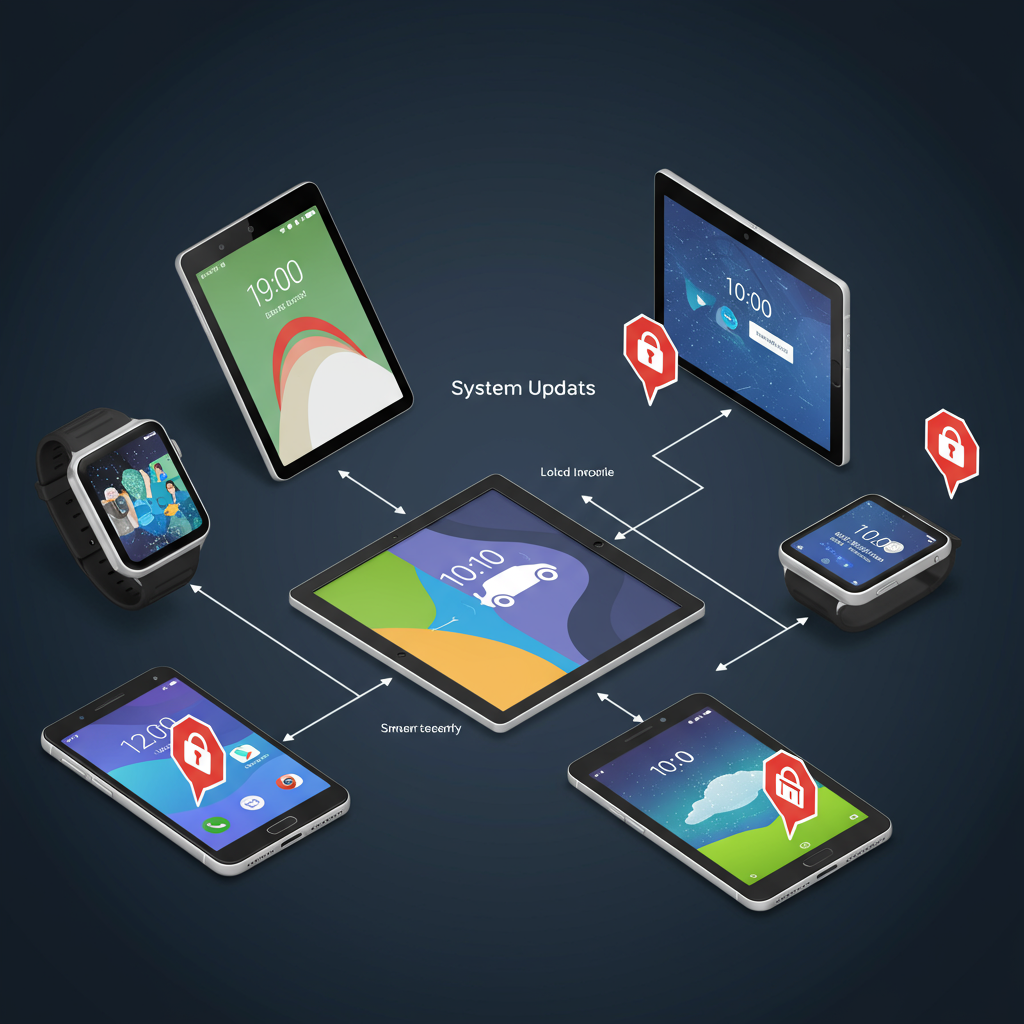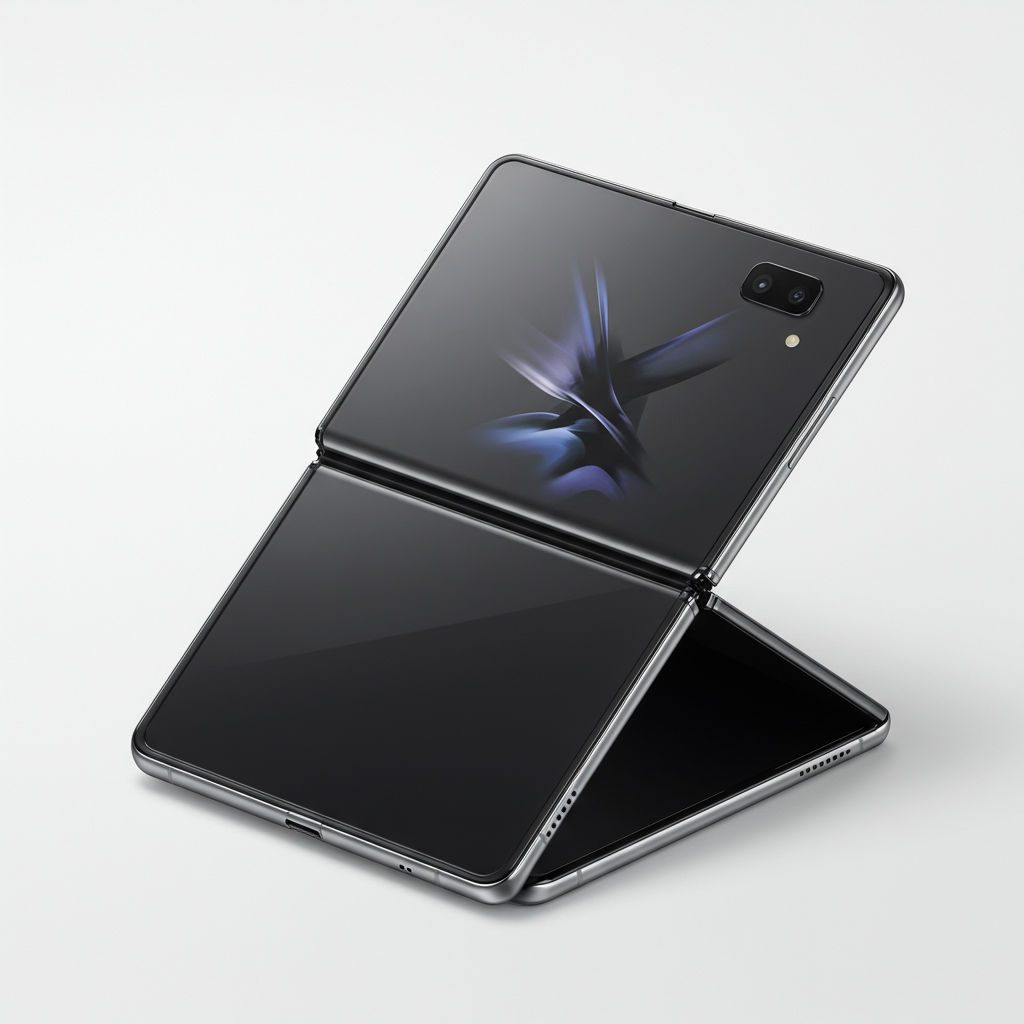For nearly a decade, the existence of Metroid Prime 4 has been a shimmering beacon on the horizon for Nintendo fans. Initially announced way back in 2017, the highly anticipated sci-fi adventure sequel has navigated a troubled development odyssey, culminating in a complete reboot under the stewardship of original series creators, Retro Studios. Now, with a launch date set for December 4th on both the Nintendo Switch and its successor, the Switch 2, gamers worldwide are asking: can this legendary title possibly live up to the monumental expectations forged by years of anticipation? Recent hands-on previews offer a tantalizing, if cautious, glimpse into Samus Aran’s long-awaited return.
The Long Road to Revival: Metroid Prime 4’s Unconventional Journey
Nintendo, a company renowned for its meticulous yet often secretive development process, rarely reveals internal struggles. However, the path of Metroid Prime 4 has been anything but typical. After its initial reveal alongside the Nintendo Switch’s launch, a period of silence ensued, fueling internet speculation. By 2019, Nintendo made a shocking, uncharacteristic admission: development was not meeting their exacting standards, leading to an unprecedented decision to restart the project from scratch. This pivotal moment saw Bandai Namco step aside, with Retro Studios, the mastermminds behind the beloved original Prime trilogy, taking back the reins. This reboot added significant time to an already lengthy development cycle, positioning Metroid Prime 4 as a true testament to gaming’s “development hell,” a status often reserved for titles like Final Fantasy VII Remake during its early stages. The profound delays have only amplified the pressure for Retro Studios to deliver an experience that not only honors the series’ legacy but also pushes boundaries in modern gaming.
First Contact: Samus Aran’s Explosive Return
Recent preview events, including one attended in New York City by Rolling Stone and a “final preview” session detailed by IGN, offered participants a critical first look at Metroid Prime 4: Beyond. The initial hour-long demo kicked off with an explosive, on-rails introductory sequence. Legendary bounty hunter Samus Aran arrives at a Galactic Federation station, immediately thrust into action against a Space Pirate invasion led by the formidable Sylux, a returning antagonist from Metroid Prime: Federation Force.
This opening segment serves as a basic tutorial, reacquainting players with Samus’s combat abilities and her iconic Morph Ball form. Intriguingly, it deviates from the series’ traditional isolated atmosphere by having Samus fight alongside space marines. She acts more as a “messianic savior,” her Amazonian stature and superior prowess towering over the federation soldiers, a concept reminiscent of Metroid Prime 3‘s collaborative elements. However, true to Metroid tradition, this initial buffed-up state is fleeting; Samus soon finds herself stripped of her high-end abilities, setting the stage for the classic Metroidvania progression of exploration and power-up acquisition.
Unveiling New Powers: Psychic Abilities and Strategic Combat
The core of the preview shifted to a lush, visually distinct jungle environment known as Fury Green, a biome unlike anything previously seen in Metroid games. Here, the game truly reveals its new mechanical twists, centered around Samus’s acquisition of psychic powers. Equipped with a Psychic Visor and Psychic Glove, Samus can now perceive invisible trails and objects, manipulating them with telekinesis.
These new abilities manifest in various ways:
Environmental Puzzles: Simple door locks requiring the manipulation of sliding nodes evolve into more complex challenges.
Control Beam: This allows Samus to guide charge shots through the air like a remote drone, enabling her to hit multiple targets or access hidden weak points.
Psychic Power Bombs: Acquired after a boss fight against a plant-like foe named Carvex, these can be infused with psychic energy for telekinetic manipulation, offering new strategic depth.
While these psychic mechanics provide a “cool gimmick,” as noted by previewers, they don’t universally feel revolutionary. Samus’s primary objective within the demo is to collect five Master Teleporter Keys to escape the mysterious planet Viewros, which, according to a companion, isn’t on any known star charts. This narrative hook promises a new layer of discovery and ancient Lamorn civilization lore, emphasizing the investigative flow fundamental to the Prime series.
A Question of Evolution: Linearity vs. Open-Ended Exploration
A recurring critique from the Metroid Prime 4 preview centers on its perceived linearity. In an era shaped by sprawling open-world masterpieces like Red Dead Redemption 2 and the intricate exploration of modern action-RPGs, the early areas of Prime 4 felt “simplistic” to some. The Fury Green sections, in particular, were described as “extremely linear,” with limited branching paths and often obvious solutions to puzzles and enemy encounters.
This stands in stark contrast to the series’ highest points, such as Super Metroid (1994) and the original Metroid Prime (2002), which immersed players in mazelike worlds demanding keen observation, memory, and spatial reasoning. Even the critically acclaimed Metroid Dread (2021) brought a challenging, explorable puzzle design back to the 2D entries. While Prime 3 and some 2D handheld titles previously streamlined exploration, the gaming landscape has evolved significantly. The bar for atmospheric immersion and intricate world design has risen, particularly since the PlayStation 2 era, which pioneered vast, interconnected worlds and sophisticated gameplay mechanics in titles like Grand Theft Auto: San Andreas and Metal Gear Solid 3. For Metroid Prime 4 to truly shine, it must balance its core tenets with contemporary player expectations for exploration and discovery.
The Companion Conundrum: Mackenzie and the Echoes of “Other M”
Perhaps the most unexpected and potentially divisive element introduced in the preview is the character of Specialist Myles Mackenzie, a talkative Galactic Federation technician. Samus encounters and rescues Mackenzie, leading to an “outdated escort mission” – a trope often met with player frustration. Mackenzie is portrayed as a “sheepish science guy” whose constant, often cringey dialogue provides a comedic foil to Samus’s stoic, “mute goliath” persona. He offers unwanted hints, quippy jokes, and incessant cries for help, creating a “tonal whiplash” that fundamentally disrupts the isolated, atmospheric tension synonymous with Metroid.
The constant barrage of dialogue was so pronounced that one reviewer sought to mute him entirely. Furthermore, Mackenzie’s death results in a game over, a mechanic highly atypical for the franchise. While Mackenzie eventually remains at a Lamorn temple, agreeing to a comms-based partnership, the presence of such an intrusive NPC raises significant red flags. Many fans remember the painful dialogue and forced character interactions of 2010’s Metroid: Other M, a game widely considered a misstep for the franchise. Samus Aran traditionally thrives as a solitary hunter, her silence amplifying the mystery and danger of her alien surroundings. The prevalence of such companions throughout the full game could undermine the very essence of the Metroid Prime experience.
Visual Splendor, Technical Limitations: A Cross-Generational Bridge
Visually, Metroid Prime 4: Beyond presents a mixed bag, indicative of its cross-generational development. The game boasts “gorgeous” art direction, with sprawling vistas, intricate particle effects, and “great lighting” – including the return of Samus’s face occasionally reflecting in her visor, a detail that wowed fans in 2002. On the Nintendo Switch 2, the game reportedly runs “fantastically,” achieving 4K resolution at 60 frames per second in Quality Mode when docked, and a smooth 120 frames per second in handheld Performance Mode.
However, despite these technical achievements, the game’s aesthetic doesn’t always feel like a generational leap. Certain elements, such as waterfalls appearing as “flat sheets” with mist to conceal seams, and some ground textures resembling “wallpaper,” reveal its origins as a title initially designed for the now-aging Nintendo Switch. While impressive for the original Switch, these visual compromises mean Metroid Prime 4 aesthetically “lags behind its Switch 2-exclusive peers,” like Donkey Kong Bananza. It exists as a bridge between two console generations, a testament to Retro Studios’ ability to optimize, yet also a subtle reminder of the constraints imposed by its extended development.
The Weight of Expectation: Can Metroid Prime 4 Transcend its Saga?
Ultimately, the previews suggest Metroid Prime 4: Beyond is poised to be a complex release. Its very existence, after years in “development hell,” is a minor miracle. Nintendo has consistently invested in the Metroid IP to satisfy its passionate hardcore fanbase, rather than for its blockbuster sales potential. The core Prime gameplay DNA appears intact, with the return of familiar investigative flows and exciting new psychic mechanics. The technical performance on the Switch 2 is noteworthy, promising a smooth and visually pleasing experience.
However, concerns regarding potential linearity and the controversial inclusion of an intrusive companion character cast a cautious shadow. While only an early glimpse, these elements hint at Retro Studios “playing it safely” with a lighter take on the series’ hallmarks. The question remains: can the full version of Metroid Prime 4 ultimately transcend these early reservations and deliver an experience worthy of its extraordinary, nearly decade-long wait? Fans will soon find out if Samus Aran’s latest adventure lives up to the impossible hype.
Frequently Asked Questions
What are the new gameplay mechanics in Metroid Prime 4: Beyond?
Metroid Prime 4: Beyond introduces innovative psychic powers for Samus Aran. Players utilize a Psychic Visor and Psychic Glove to perceive invisible objects and manipulate them telekinetically. This includes solving environmental puzzles by redirecting “psychic energy motes” and guiding charge shots with the Control Beam to hit multiple targets. Later, Samus gains Psychic Power Bombs, which can also be manipulated telekinetically, adding new layers to combat and exploration. These powers are central to navigating the new planet Viewros and uncovering its ancient secrets.
When is Metroid Prime 4: Beyond releasing and on which platforms?
Metroid Prime 4: Beyond is scheduled to launch on December 4th. It will be available on both the Nintendo Switch and its successor, the Nintendo Switch 2. This cross-generational release allows a wider audience to experience Samus Aran’s return, with the Switch 2 version offering enhanced visual fidelity and performance, including 4K resolution at 60 frames per second when docked, and 120 frames per second in handheld Performance Mode.
How does Metroid Prime 4: Beyond’s linearity and companion system affect the traditional Metroid experience?
Previewers have noted that Metroid Prime 4: Beyond* features a more linear design in its early stages compared to classic Metroidvania titles, with fewer branching paths and more straightforward puzzles. This contrasts with the sprawling, mazelike exploration that defines the series. Additionally, the game introduces a talkative NPC companion, Specialist Myles Mackenzie, who provides intrusive hints and leads to escort missions. This companion system has raised concerns among fans, as it disrupts the series’ characteristic isolated, atmospheric gameplay, potentially undermining the sense of solitary discovery and increasing the risk of “tonal whiplash” reminiscent of past controversial Metroid titles.




